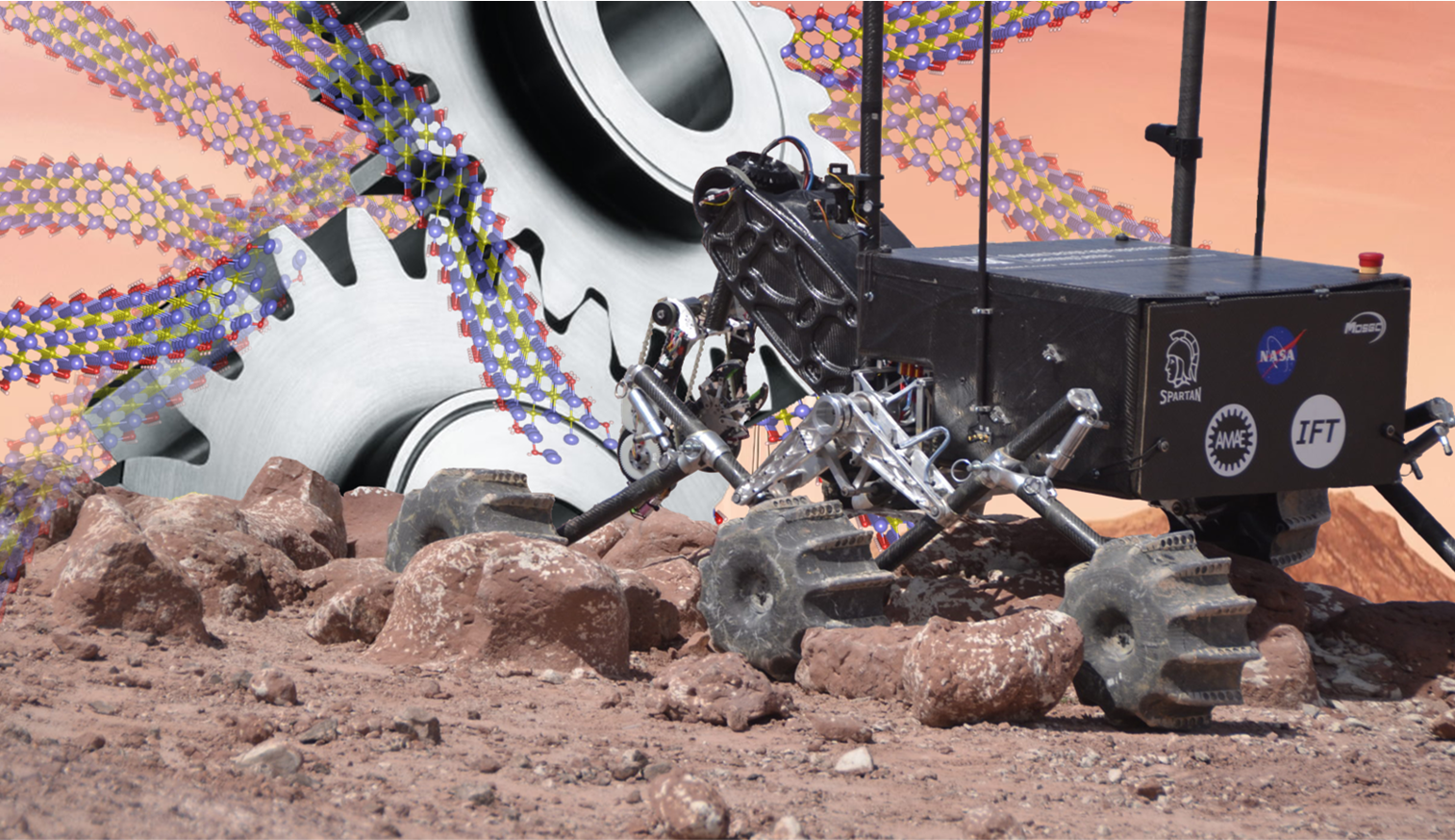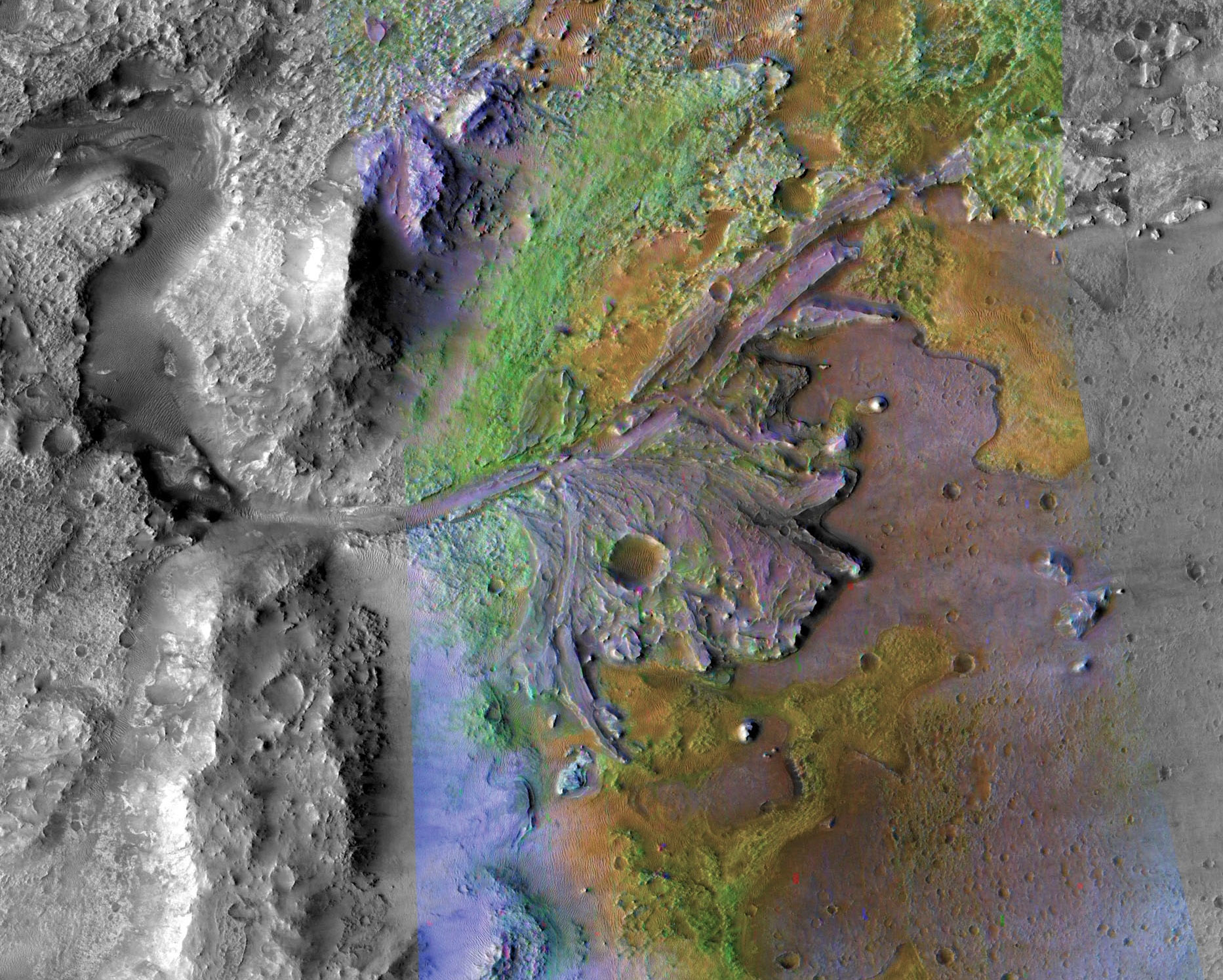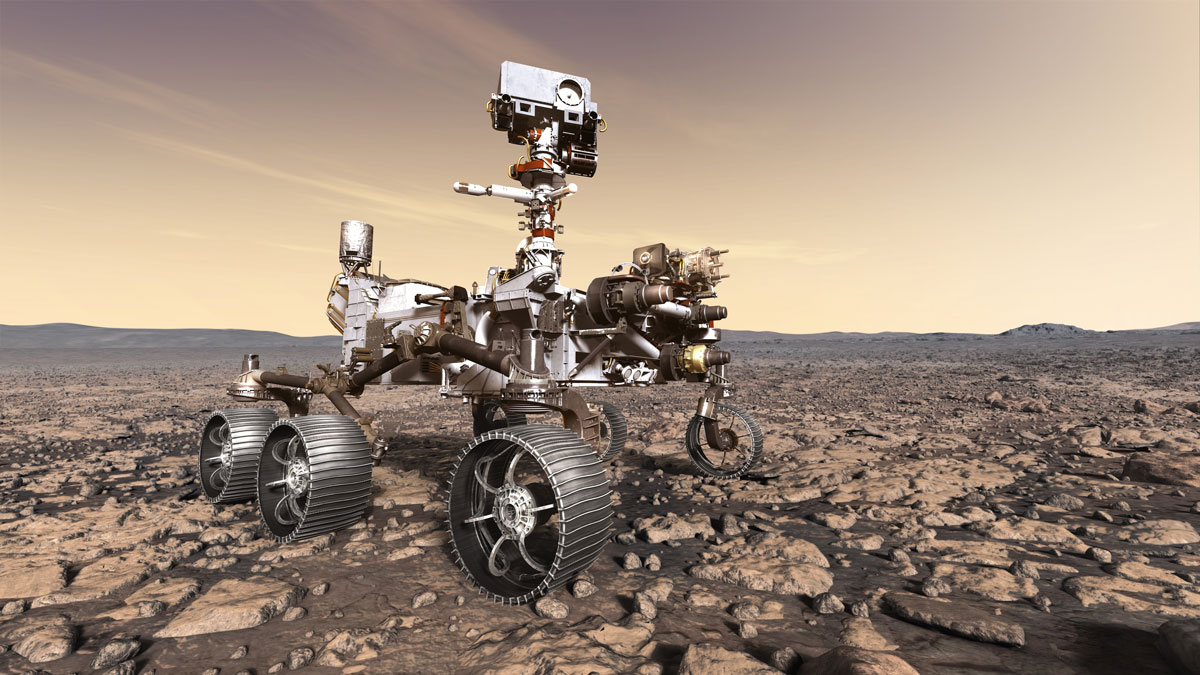As NASA’s Mars Perseverance Rover continues to explore the surface of Mars, scientists on Earth have developed a new nanoscale metal carbide that could act as a “superlubricant” to reduce wear and tear on future rovers.Researchers in Missouri S&T’s chemistry department and Argonne National Laboratory’s Center for Nanoscale Materials, working with a class of two-dimensional nanomaterials known as MXenes, have discovered that the materials work well to reduce friction.



